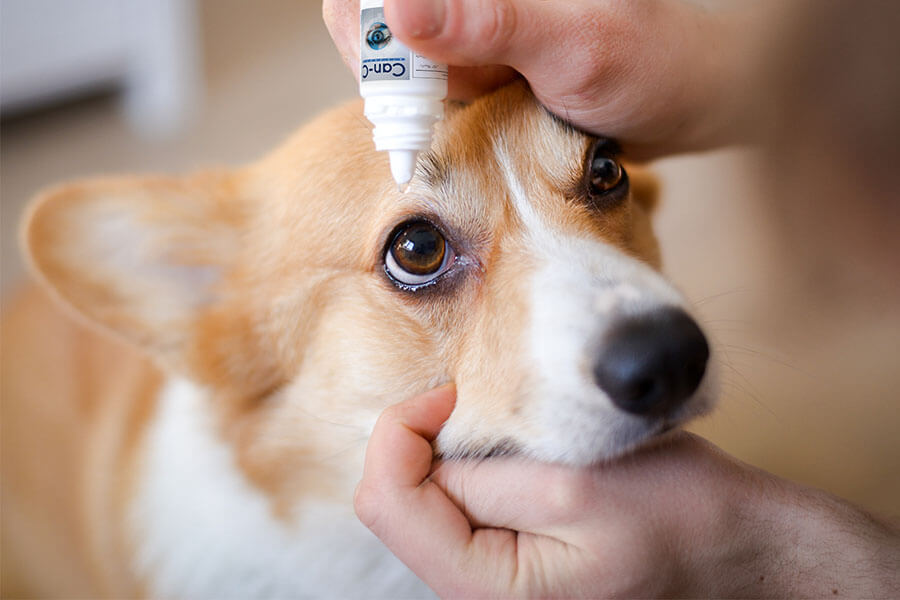April is Women's Eye Health and Safety Month - click here for FREE healthy vision tips
Menu
The testing of various anti-glycation agents over nearly a decade led a Russian research team to the development of n-alpha-acetylcarnosine as a delivery system for the natural eye anti-oxidant of L-carnosine.

Just like us, our pets develop health issues and often experience vision problems as they age. Dogs in particular are known to develop eye diseases. Underlying conditions such as diabetes can cause eye diseases, such as glaucoma and cataract.

The application of eye medications to your dog can be a daunting task for both pet and parents at first. Follow these canine application tips to make administering these all-important drops a regular part of your pet’s eye care treatment plan.

The application of eye medications to your dog can be a daunting task for both pet and parents at first. Follow these canine application tips to make administering these all-important drops a regular part of your pet’s eye care treatment plan.

These studies produced remarkably fast results in the improvement of clarity, glare sensitivity and overall vision for the animals involved. Furthermore, no serious side effects were noted and the beneficial affects were sustainable.